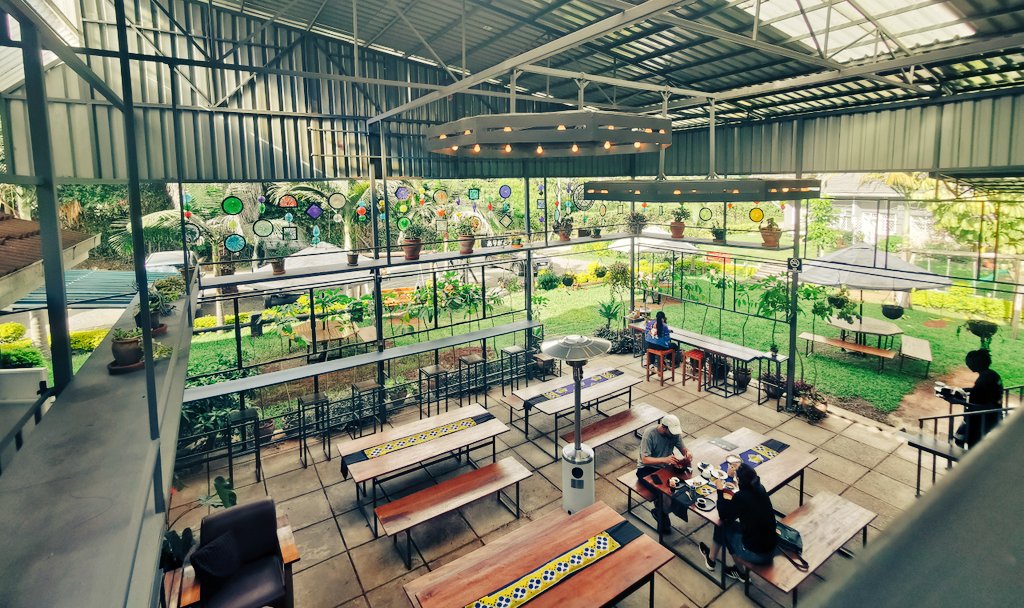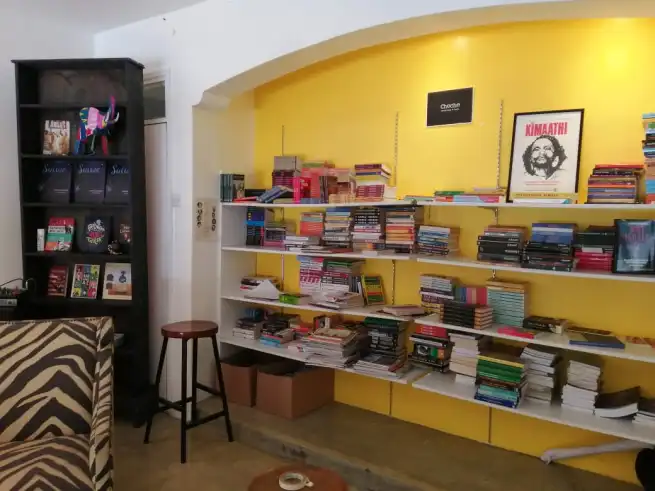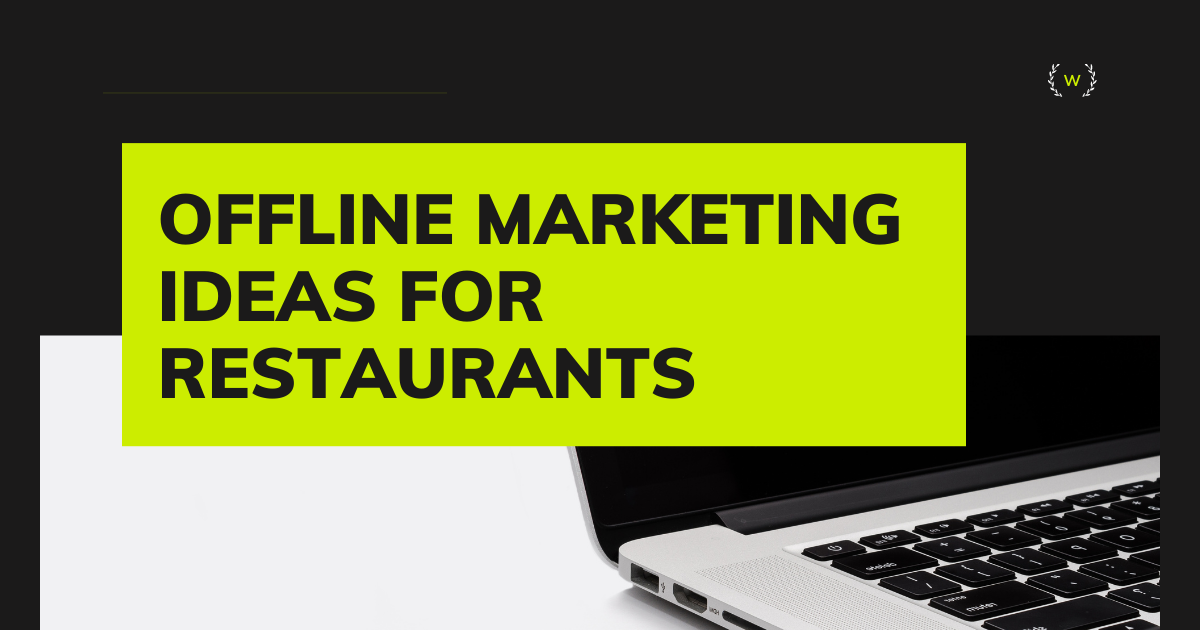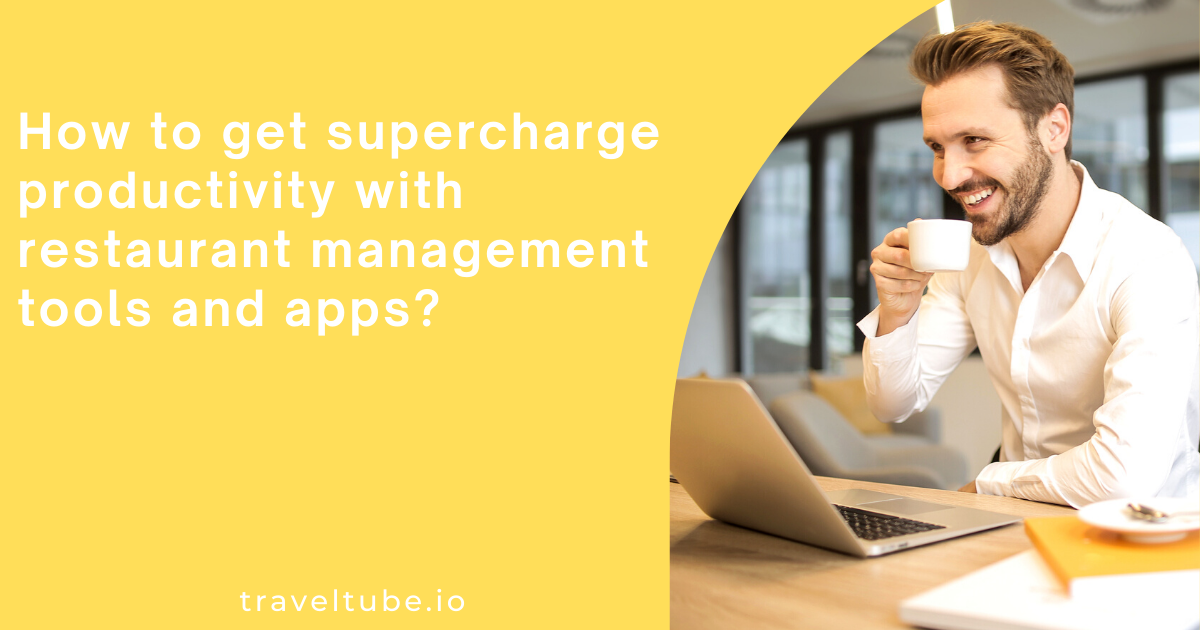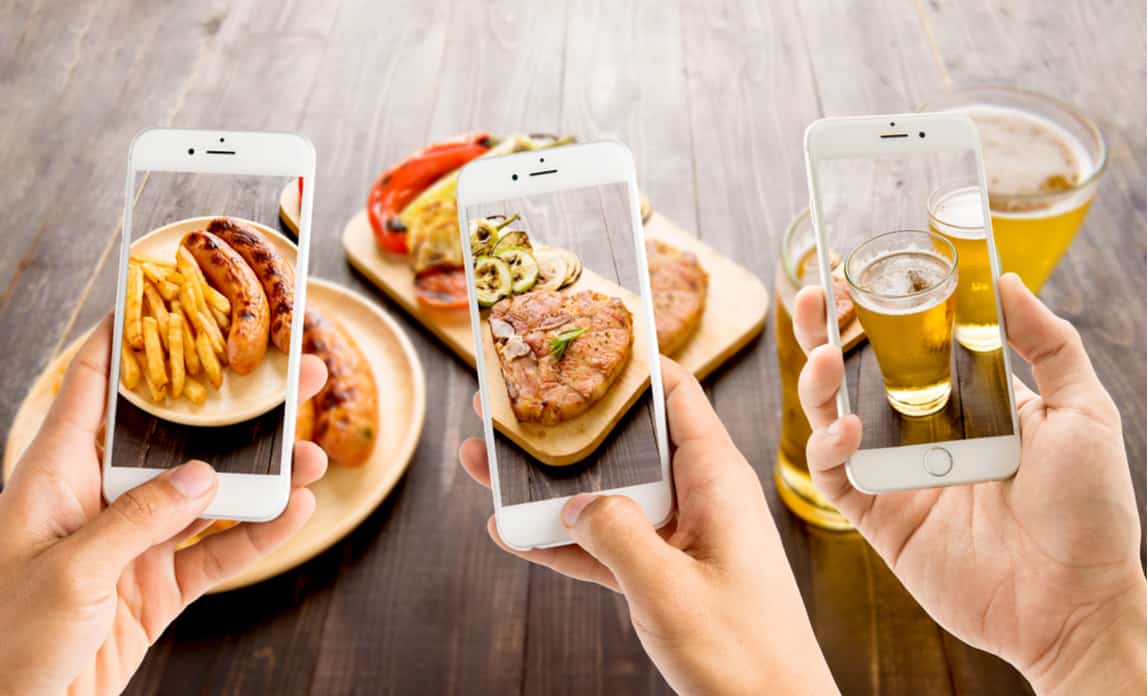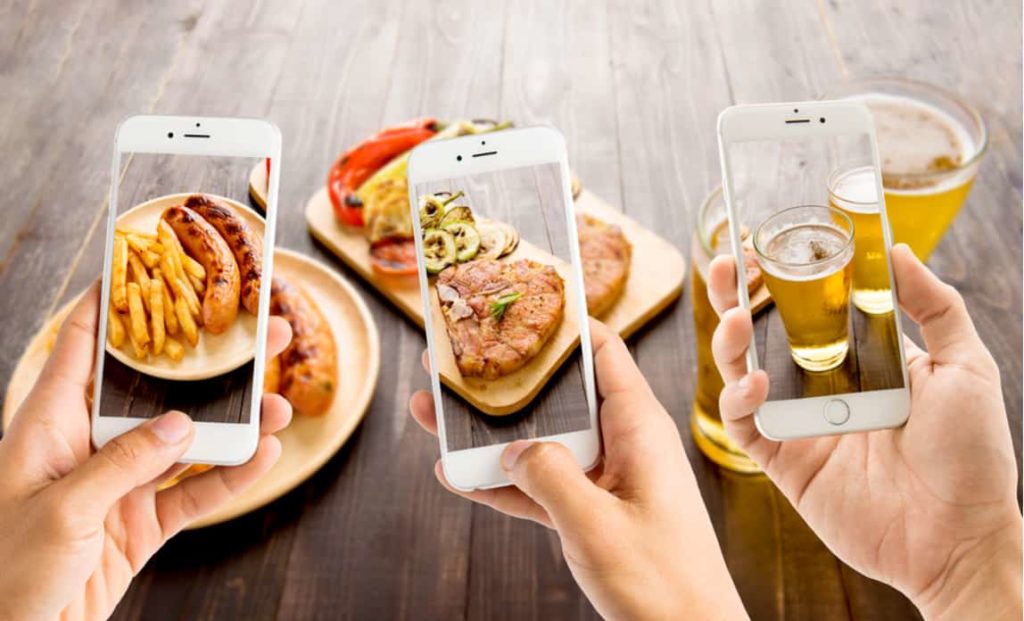5 Best Places to Find Local Foods on Mauritius Island
1. Ah Kong Boulette
The ‘Boulette’ which usually comes in a bowl of 5 is simply dumplings customized in the Mauritian manner to add up to the island’s tradition. Situated in the vicinity of Black River at Petite Riviere on the western side of Mauritius is Ah Kong Boulette, known for its variety of pieces of dough. Ah Kong stands out amongst the numerous food outlets and is known for the distribution of its speciality to several restaurants.
2. Chez YOUNGO mo ti baz manzer
In the district of Flacq; the eastern part of Mauritius is found YOUNGO mo ti baz manzer, the best place for ‘mine bouilles’. This famous Mauritian boiled noodle brings ultimate joy to one’s taste buds and the finest of this dish is found at Montagne Blanche. YOUNGO brings to life a perfect ‘mine bouille’ from chassive poulet (chicken) to salmi cerf (deer salmi).
3. Al-Barakat & Bros
Mauritius Island is synonymous with ‘Dhal puri’ which is the typical Mauritian street food found on every corner of the roads around the island. The dholl puri is a soft tortilla made with yellow split peas filled with curries and chilli. Although this food has an Indian origin, it has grown immense fame in Mauritian society and is now a symbol of the island. On the central plateau; the middle point of Mauritius is found in Curepipe where Al-Barakat & Bros is situated. During the cold winter of this town, the inhabitants usually wrap themselves in the warmth of this food outlet’s popular dholl puri considered the best one in the area.
4. Pakistan Hotel
Along the busy streets of Port-Louis, the capital of Mauritius is located the famous Pakistan Hotel which is the third most reviewed restaurant in this town. This food outlet provides a variety of oily snacks: Gato Piment; Piment Farci; Chanapuri; Catless; Pudding among many others. Those snacks are mainly accompanied by Pakistan Hotel’s well-known Mauritian tea.
This spot is 100% Mauritian and is a must for anybody who
needs a break from roaming the crowded roads of the huge
town.
5. Bus Snack
The Bus Snack is the food treasure of Baie du cap; the southern part of Mauritius. This food outlet stands out because of the owner’s unique creativity in converting an old bus into the perfect seated eating house. The best thing about its location is the coastal area, the sugarcane and the sandy beaches. As for the servings, one can get any local homemade food at affordable prices.

